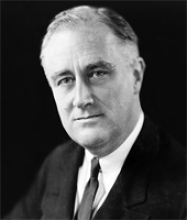Craig Settles and Blair Levin on National Broadband Plan
It was supposed to be two perspectives on the National Broadband Plan, but at times it turned into Blair Levin interrogating Craig Settles, unfortunately minimizing the roles of Stacey Higginbotham (Giga Om) and Amy Schatz (Wall Street Journal). It would have been interesting to see an event where Craig could continuously interrogate Blair, or where Stacey and Amy had more control (Stacey, in particular, is a gifted reporter unafraid to ask tough questions).


